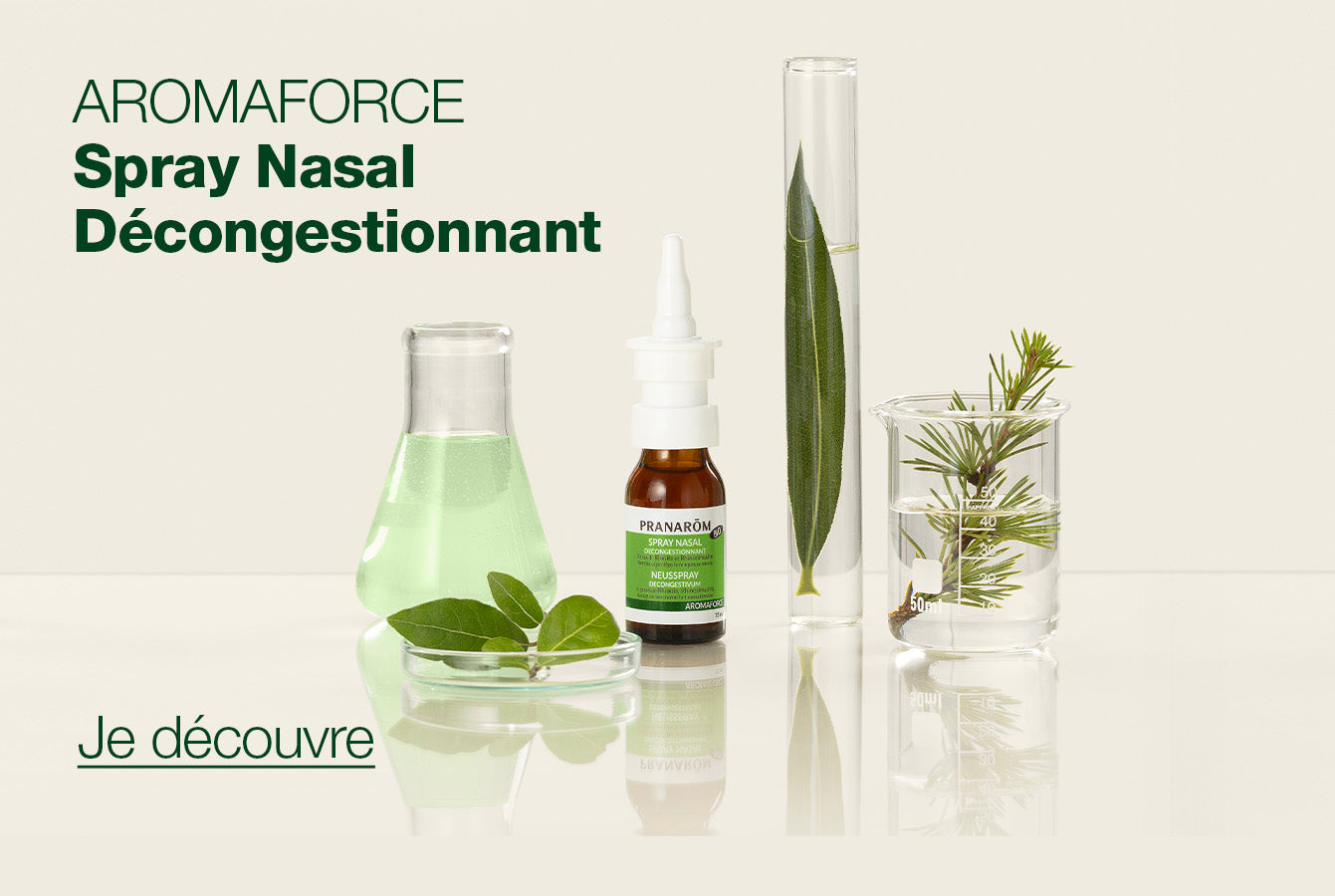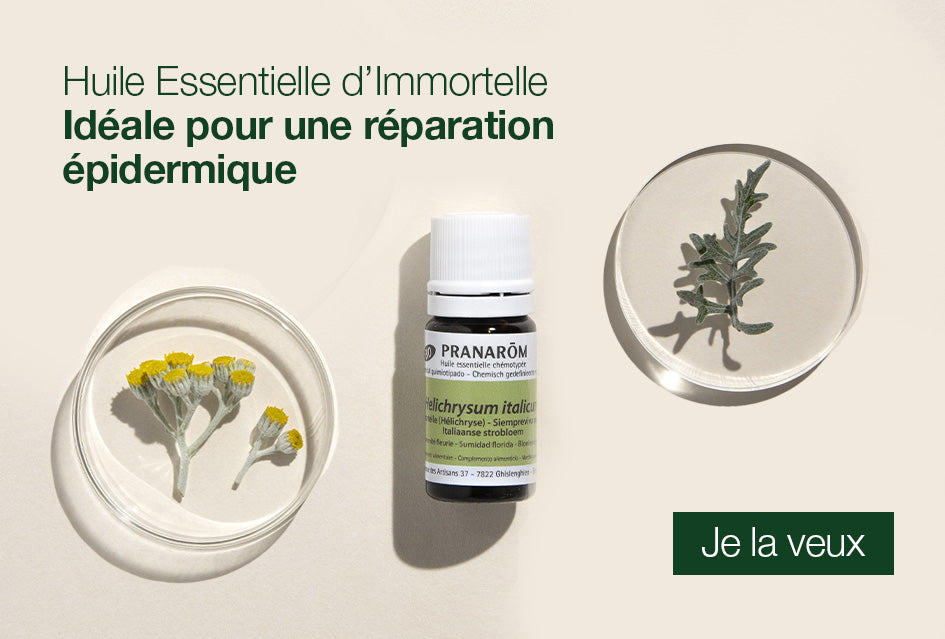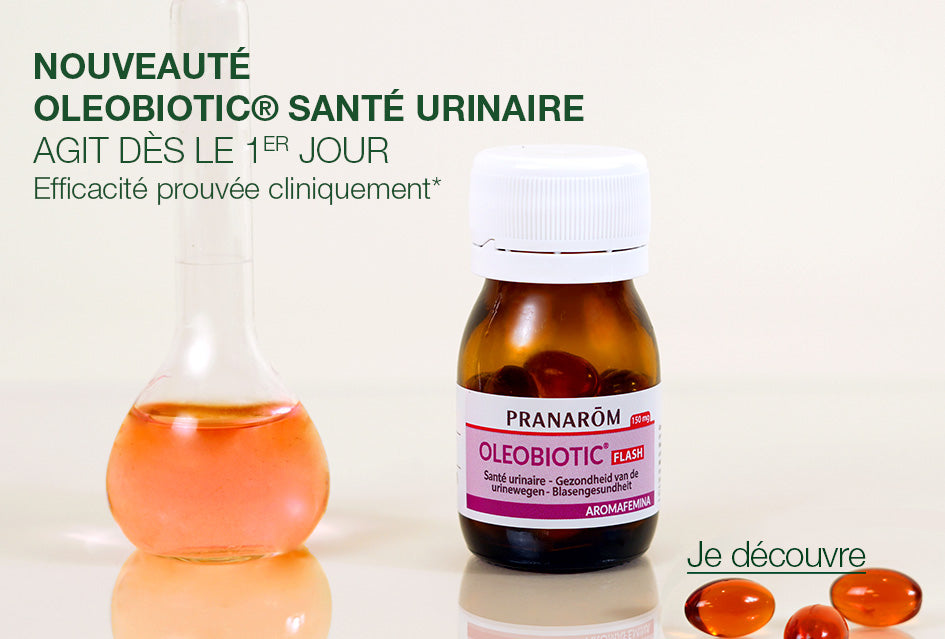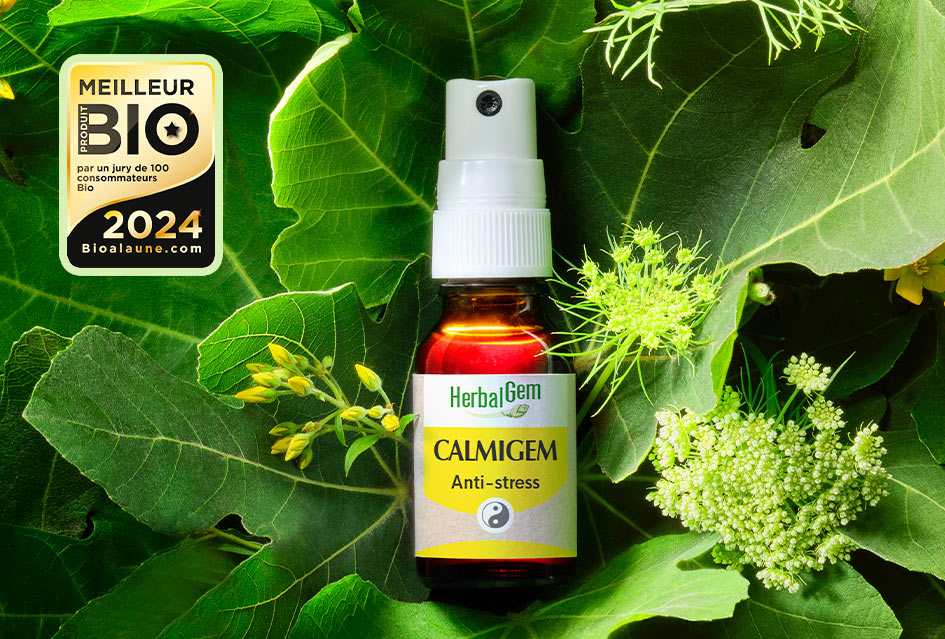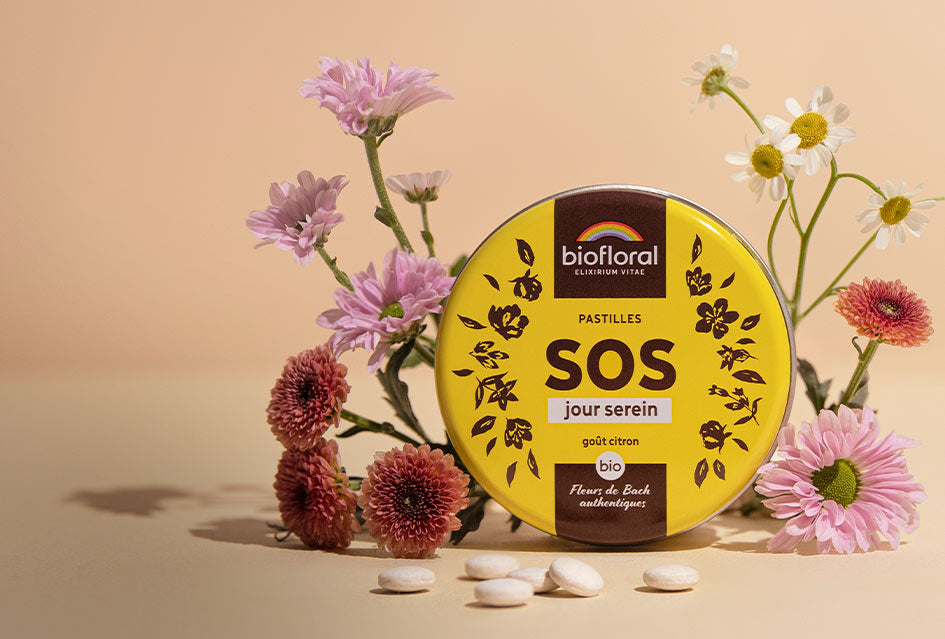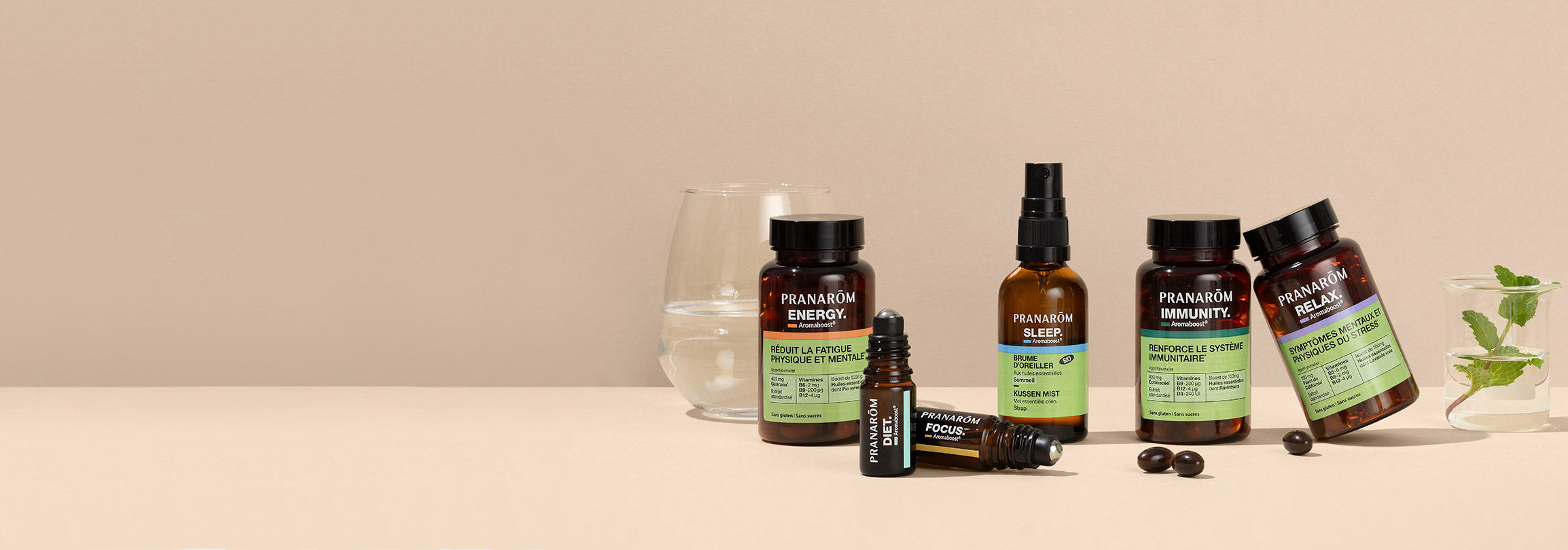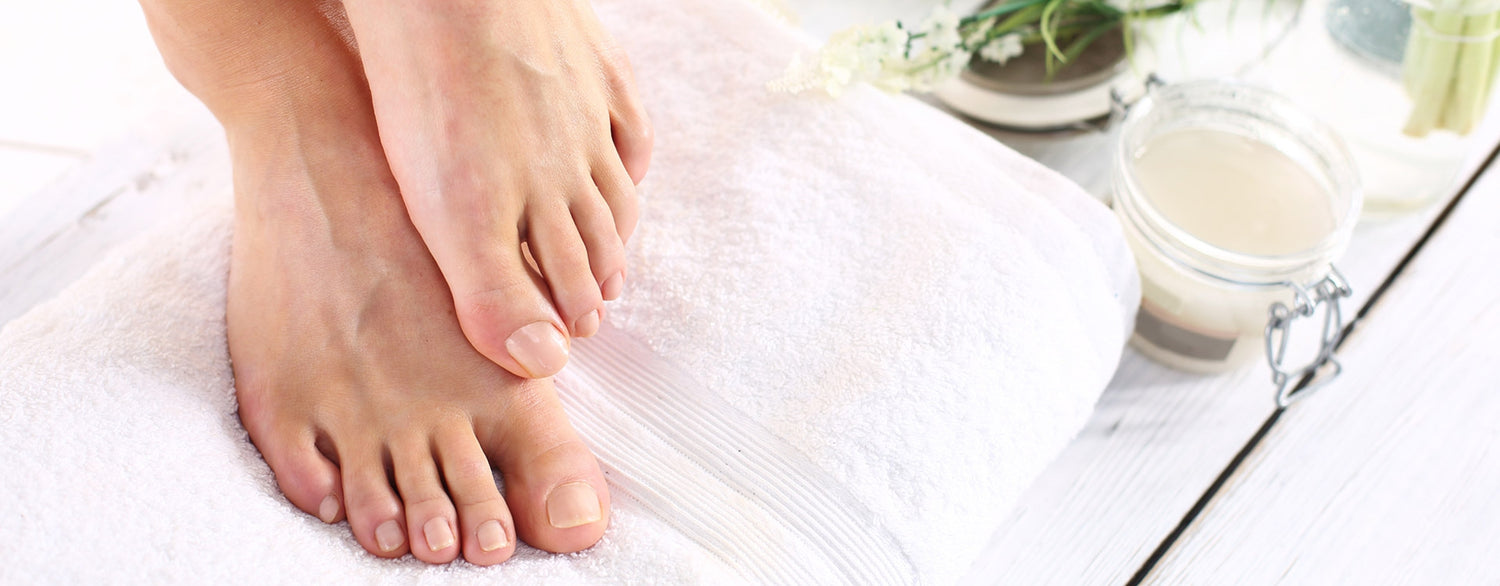Tea tree oil has been used in Australia as a natural remedy for a variety of skin conditions for many years. It was in fact part of the first aid kits of Australian troops during World War I to treat burns, bites and infections. It is no wonder that an Australian study looked at its effectiveness for fungal infections.
What is athlete's foot?
Do you notice redness between your toes? Especially in the 3rd and 4th interdigital spaces of the feet, which ends up drying and peeling, or even cracking and becoming infected?
10 to 15% of adults are affected at least once in their life by this mycosis called "Athlete's Foot" (*)
Its name comes from the fact that athletes are most likely to contract it through sweating in their shoes and walking barefoot on wet public ground. However, this is not a hard and fast rule.
From the dermatophyte family, this microscopic fungus feeds on dead skin tissue. It can also end up affecting the toenails, causing them to change color. Avoid letting the fungus spread to this point because it will then be more difficult to treat. However, if it is not properly treated, the fungus can reappear regularly and may cause complications.
People at risk
- The men
- People who suffer from excessive sweating (hyperhidrosis)
- People with diabetes
- People with atopic eczema
- People with weakened immune systems who have more difficulty fighting infections: diabetics, carriers of the human immunodeficiency virus (HIV)
- People with a chronic or serious illness, such as cancer.
Treatments for use
Treatment of 'Athlete's Foot' includes measures to reduce hyperhidrosis (talcum powder and open-toed shoes), topical antibacterial and antifungal treatments (Imidazole derivatives and Terbinafine). Also short-term oral treatments (Itraconazole 400 mg/day for 1 week and Terbinafine 250 mg/day for 2 weeks).
And why not Tea tree?
Tea Tree Oil has been used in Australia as a natural remedy for a variety of skin conditions for many years. It was included in the first aid kits of Australian troops during World War I to treat burns, bites and infections. It is no wonder that an Australian study looked at its effectiveness for fungal infections .
A clinical study
Andrew C. Satchell et al1. from the Department of Dermatology, Royal Prince Alfred Hospital and Australian Tea Tree Oil Research Institute, Australia compared the effects of 25% and 50% Tea tree (Melaleuca alternifolia) essential oil on patients with interdigital athlete's foot in a double-blind, randomized, placebo-controlled clinical study. This study was approved by the Ethics Review Committee of the Royal Prince Alfred Hospital in Sydney.
Experimentation
Of 158 candidates recruited for the study, 21 participants were excluded because they did not meet the selection criteria.
The remaining 137 were randomly divided into 3 similar groups (gender, age, diagnosis, etc.).
- Placebo group (n = 49), treated with 'E.P' solution (20% ethanol + 80% polyethylene glycol)
- Group 25% (n = 43), treated with 25% Tea tree essential oil in 'E.P' solution.
- The 50% group (n = 45), treated with 50% Tea tree essential oil in the 'E.P' solution.
The patients were asked to wash their feet with soap and water. Then to dry the areas between the toes. And finally to apply – 2 times a day for 4 weeks – the solution corresponding to each group on the affected areas. They had to follow advice on wearing open shoes. They were also asked not to use other antifungal treatments at the same time.
Examinations and assessments were performed at the 2nd and 4th week of treatment.
The mycological cure rate was determined from cultures of skin scrapings taken at the beginning and end of the treatment period (4 weeks). The 'treatment' is considered 'effective' if a marked clinical response and mycological cure are achieved. A marked clinical response is when there is a reduction of three or more in the clinical score on a scale of 0 to 4.120 patients.
Results
- The highest cure rate of mycosis (64%), after 4 weeks of treatment, was observed in the '50 % group '
- Against 55% for the '25% group '
- 31% for the 'placebo group'.
Conclusion
The authors of this study confirm the effectiveness of 25% and 50% Tea tree essential oil in the treatment of 'Interdigital Athlete's Foot' . To avoid any problem of dermatitis or contact allergy, they recommend the 25% solution of Tea tree essential oil, despite its lower effectiveness compared to the 50% solution.
Concretely, what do we do?
Inspired by this study, it may be interesting to prepare a mixture of 25% Tea tree essential oil by mixing:
- Hazelnut or Nigella vegetable oil: 7.5 ml
- Tea Tree essential oil: 2.5 ml
- And apply it as described in the study, for 4 weeks or more if needed.
Please note, however, that this solution is an addition which in no way replaces the need for a medical consultation.
References:
- (*) https://www.passeportsante.net/fr/Maux/Problemes/Fiche.aspx?doc=pied-athlete-pm-personnel-a-risk
- (1) Andrew C Satchell,1 Anne Saurajen,1 Craig Bell2 and Ross StC Barnetson1. Treatment of interdigital tinea pedis with 25% and 50% tea tree oil solution: A randomized, placebo-controlled, blinded study. Australasian Journal of Dermatology (2002) 43, 175–178
- (2) Foot fungus. http://www.pedicure-podologue.eu/la-peau-et-les-ongles/mycoses-du-pied


